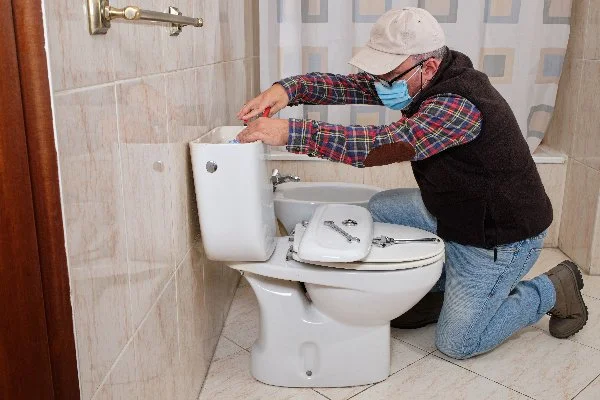What to Do About the Sewer Water Invading Your Home
Dealing with sewer water invading your home can be a nightmare for any homeowner. Not only is it a health hazard, but it can also cause significant damage to your property. However, there are steps you can take to mitigate the situation and prevent further damage. This blog post will discuss some important steps to take when dealing with sewer water invading your home.
Turn Off the Water Supply
One of the first things you should do is turn off the water supply to your home. This will help prevent any more water from flooding your property and making things worse. Find the main shut-off valve, which is usually located near the water meter outside your home, and turn it off as quickly as possible. By taking swift action, you can limit the impact of the situation and save yourself a lot of stress in the long run.
Call a Professional Plumber
The potential health risks of handling sewage backups on your own are simply not worth the risk. That's why it's important to call a professional plumber who has the necessary experience and tools to properly assess the situation. Their expertise will enable them to identify the source of the problem quickly, and they can recommend the best possible course of action to resolve the issue and minimize any potential damage to your home. By hiring a professional, you can rest assured that the problem will be resolved efficiently and effectively, allowing you to focus on other things, knowing your plumbing is in good hands.
Remove the Standing Water
Once the plumber has completed their inspection, the next crucial step is to remove any standing water that is present. This is usually done by using sump pumps, which will efficiently pump the water out of your property. It is important to remove the standing water as quickly as possible, as the longer it's left to sit, the more and more likely it will cause significant damage to your home and become a potential health hazard.
Repair the Problem
After you pump the water out, the root cause of the problem needs to be addressed to prevent it from happening again. This could entail a range of repairs, such as unclogging drains, fixing damaged pipes, and even undertaking sewer line repair. Sewer line repair is not only complex and time-consuming but also hazardous, as it involves exposure to harmful pathogens and toxic gases. Expert sewer line repair can help ensure the issue is resolved efficiently and safely, leaving your home dry and healthy once more.
Disinfect and Sanitize
Sewer water is contaminated with bacteria and other harmful pathogens that can pose serious health risks. It's important to thoroughly disinfect and sanitize any surfaces that have come into contact with sewer water. Use a mixture of bleach and water or a commercial disinfectant to clean and sanitize affected areas.
Take Preventative Measures
Once you have addressed the immediate issue of sewer water invading your home, it's essential to take preventive measures to avoid future incidents. Consider installing a backwater valve on your main sewer line to prevent backups from occurring in the future. Additionally, make sure to properly maintain your plumbing system by scheduling regular inspections and maintenance checks.
Nobody wants to deal with sewer water invading, which is why it's important that you can effectively address the issue and prevent further damage as quickly as possible. Remember that safety should always come first when dealing with sewage backups, so don't hesitate to call a professional plumber for assistance. Taking proactive measures can help protect your property and ensure your health and safety and that of your family.


